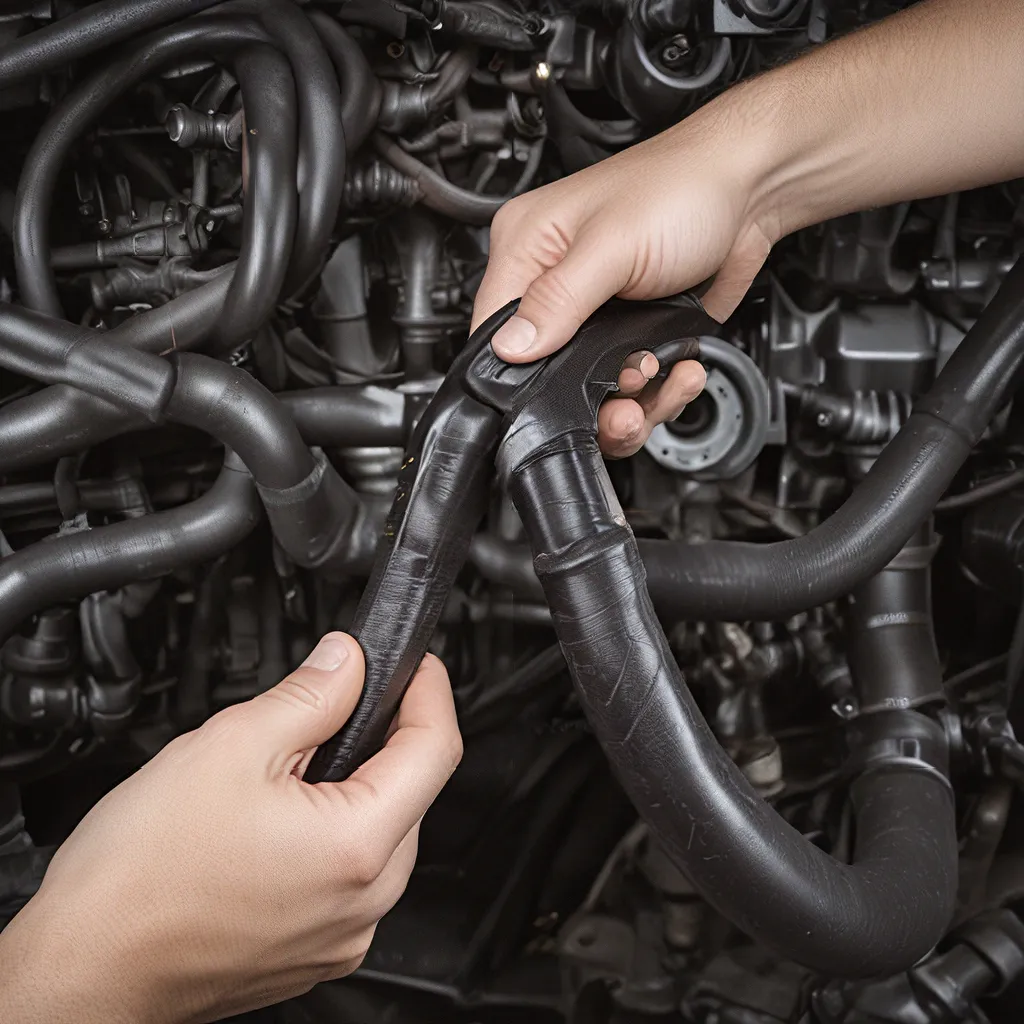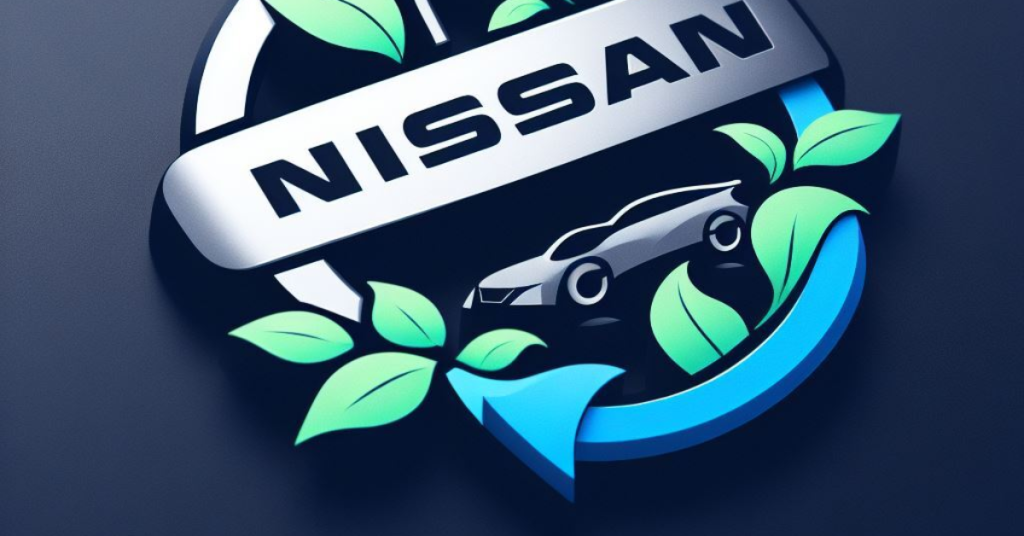
The Agonizing Saga of My Nissan’s Hose Blowout
Picture this: You’re cruising down the highway, windows down, music blasting, when suddenly a loud ‘pop’ echoes from under the hood. The temperature gauge starts to climb, and steam pours out from the engine compartment. Your heart sinks as you realize – it’s a hose failure. Your Nissan has succumbed to the dreaded fate of an unexpected breakdown.
This is exactly what happened to me a few years ago. I was on my way to work, minding my own business, when disaster struck. My Nissan Rogue’s radiator hose had ruptured, spewing coolant all over the engine bay. By the time I pulled over, the engine was dangerously overheated. It was a humbling and frustrating experience that left me stranded on the side of the road, late for work, and with a hefty repair bill.
As I waited for the tow truck, I couldn’t help but wonder: How could this have happened? I thought I was being a responsible car owner, sticking to the recommended maintenance schedule. Little did I know, hose and belt upkeep is a crucial aspect of Nissan ownership that often gets overlooked.
The Unsung Heroes: Hoses and Belts in Your Nissan
In the world of automotive maintenance, hoses and belts are the unsung heroes. These humble components are the circulatory system of your Nissan, responsible for keeping vital fluids flowing and engine parts in sync. Yet, they are often the first to succumb to the ravages of time, heat, and vibration.
As outlined in the Nissan Rogue owner’s manual, hoses and belts are critical for the proper functioning of your vehicle’s cooling, air conditioning, and power steering systems. A failure in any of these areas can lead to catastrophic engine damage or even leave you stranded on the side of the road.
The Ticking Time Bomb: Understanding Hose and Belt Lifespan
Hoses and belts are not designed to last forever. Nissan’s owner’s manuals recommend regular inspection and replacement of these components, but the exact lifespan can vary depending on a number of factors:
Mileage: The more miles you put on your Nissan, the more wear and tear your hoses and belts will experience. As a general rule, they should be inspected and replaced every 60,000 to 90,000 miles.
Climate: Extreme temperatures, whether scorching heat or bitter cold, can accelerate the degradation of hoses and belts. Vehicles in harsh environments may require more frequent inspections and replacements.
Driving Conditions: If you frequently tow heavy loads, drive in stop-and-go traffic, or navigate rough terrain, your hoses and belts will face greater stress and wear.
Maintenance History: Proper maintenance, such as regular coolant flushes and belt tensioner adjustments, can extend the lifespan of these critical components.
Ignoring these warning signs can turn your Nissan into a ticking time bomb, waiting to explode at the most inopportune moment. And trust me, you don’t want to be the one holding the detonator.
The Domino Effect: How Hose and Belt Failures Snowball
When a hose or belt fails, the consequences can be far-reaching and costly. It’s not just the part itself that needs replacement – the resulting damage can set off a chain reaction of problems.
For instance, a ruptured radiator hose can cause your engine to overheat, leading to warped cylinder heads, cracked blocks, and seized pistons. A snapped serpentine belt can disable your alternator, power steering, and air conditioning, leaving you stranded and sweating in the summer heat.
The financial impact of these failures can be staggering. Replacing a simple hose or belt may only set you back a few hundred dollars, but the downstream damage can easily balloon into the thousands. Suddenly, that routine maintenance you skipped becomes a life-or-death situation for your Nissan.
Hose and Belt Maintenance: A Preventative Approach
The good news is that with a proactive approach to hose and belt maintenance, you can avoid these catastrophic failures and keep your Nissan running like a well-oiled machine. Here are some key steps to take:
Inspect Regularly: Make it a habit to visually inspect your Nissan’s hoses and belts during routine maintenance. Look for cracks, brittleness, or signs of wear and tear. If you spot any issues, don’t hesitate to replace the affected components.
Replace on Schedule: Follow the recommended replacement intervals outlined in your Nissan’s owner’s manual. This may mean swapping out hoses and belts every 60,000 to 90,000 miles, or more frequently if your driving conditions are particularly harsh.
Invest in Quality Parts: When it comes to hoses and belts, don’t skimp on quality. Opt for genuine Nissan parts or high-quality aftermarket replacements. Cheap, inferior components are more likely to fail prematurely, putting your Nissan at risk.
Monitor Coolant Levels: Keep a close eye on your Nissan’s coolant levels and look for any signs of leaks or contamination. A sudden drop in coolant could indicate a hose issue, so address it promptly.
Adjust Tension Properly: If you’re replacing a belt, make sure to adjust the tension according to the manufacturer’s specifications. Improper tension can lead to premature wear and failure.
By taking a proactive approach to hose and belt maintenance, you can keep your Nissan running smoothly and avoid the dreaded fate of an unexpected breakdown. Trust me, the peace of mind is worth the small investment of time and money.
The Nissan Hose and Belt Hall of Fame
As I delved deeper into the world of Nissan maintenance, I discovered that some owners have managed to keep their vehicles running for an astounding 200,000 miles or more. How, you ask? It all comes down to diligent hose and belt upkeep.
According to a post on the r/askcarguys subreddit, one Nissan owner swore by regularly inspecting and replacing their hoses and belts every 60,000 miles. They also made sure to use high-quality replacement parts and keep a close eye on their coolant levels.
Another Nissan enthusiast chimed in, sharing their secret to longevity: “I’ve had my Versa for over 10 years, and it’s still going strong. The key is staying on top of the maintenance, especially the hoses and belts. I replace them religiously every 80,000 miles, and I always use Genuine Nissan parts.”
These owners have clearly cracked the code to Nissan longevity, and it all starts with a commitment to hose and belt upkeep. By following their lead, you too can join the ranks of the Nissan Hose and Belt Hall of Fame, keeping your beloved Nissan on the road for years to come.
The Nissan Hose and Belt Comeback Tour
As I reflect on my own hose blowout experience, I realize that it was a wake-up call – a reminder that hoses and belts are the unsung heroes of Nissan ownership. They may not be the flashiest or most glamorous components, but they are the backbone of your vehicle’s essential systems.
Now, I make it a point to religiously inspect and replace my Nissan’s hoses and belts on schedule. I’ve even started keeping a log of when I’ve changed them, just to be sure I stay on top of it. And you know what? My Nissan has been running like a champ ever since.
So, if you own a Nissan and want to avoid the heartbreak of an unexpected breakdown, don’t neglect those humble hoses and belts. Give them the attention they deserve, and your Nissan will thank you by keeping you on the road for many miles to come.
Who knows, maybe one day you’ll be the one sharing your Nissan longevity secrets on the r/askcarguys subreddit, inspiring the next generation of Nissan owners to keep their cars running strong. It’s time for the Nissan hose and belt comeback tour – join me, won’t you?
Nissan has a rich history of producing reliable and innovative vehicles, and with a little TLC for their unsung heroes (hoses and belts), your Nissan can be part of that legacy for years to come.






